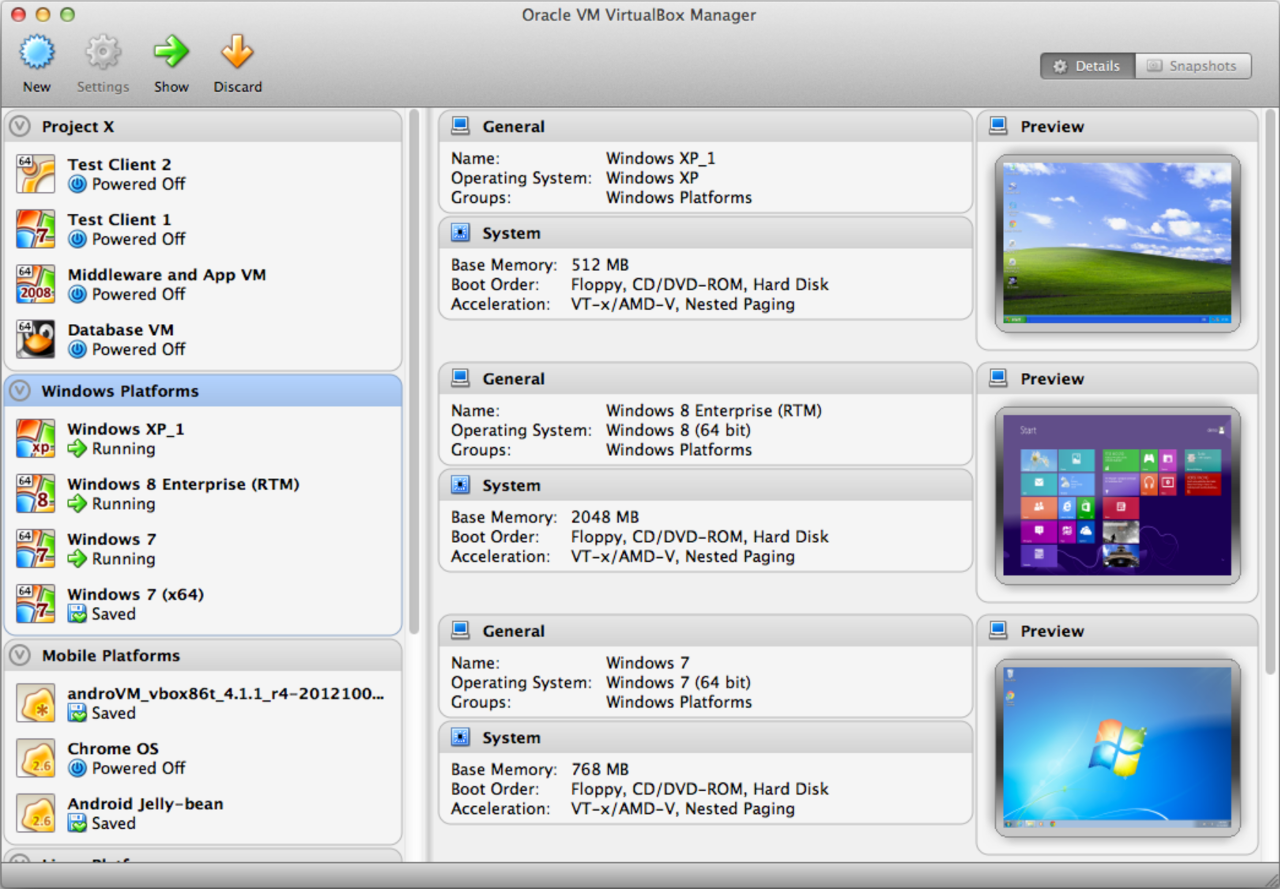
Xcode 12 builds Universal apps by default to support Mac with Apple Silicon, often without changing a single line of code. With an all-new design that looks great on macOS Big Sur, Xcode 12 has customizable font sizes for the navigator, streamlined code completion, and new document tabs.


In addition, it includes System Utilities to rebuild caches and repair permissions and a collection of drivers, bootloaders, boot time config files, and handy software.
#INSTALLING VIRTUALBOX FOR MAC INSTALL#
MultiBeast for Catalina is an all-in-one post-installation tool designed to enable boot from hard drive, and install support for Audio, Network, and Graphics. It still has issues, but they no longer outweigh not being able to run Xcode 12 directly from 10.14. Yesterday, I finally updated to Catalina, straight to 10.15.7 with the supplemental update. Xcode 11.7 requires a Mac running macOS Catalina 10.15.2 or later. Xcode 11.7 supports on-device debugging for iOS 8 and later, tvOS 9 and later, and watchOS 2 and later. Xcode 11.7 supports developing apps for iOS 13.7, iPadOS 13.7, tvOS 13.4, watchOS 6.2, and macOS Catalina 10.15.6. For example, the screen shot from macOS Catalina below was build with the same network link conditioner applied to the next screen shot below on iPadOS. You will need to look into using the desktop link conditioner separately from the Xcode 11 option. This tutorial will get you set up to do C or C++ development with XCode, but you can also use XCode for iPhone and iOS development. Apple XCode for C and C++ If you want to learn to program on a Mac, XCode is the way to go.






 0 kommentar(er)
0 kommentar(er)
